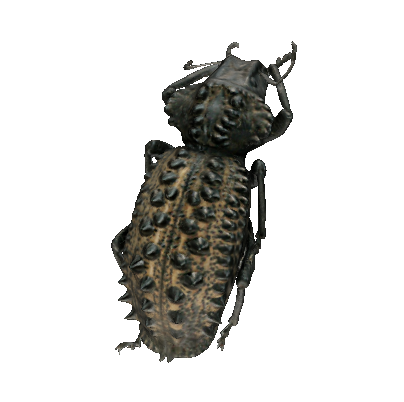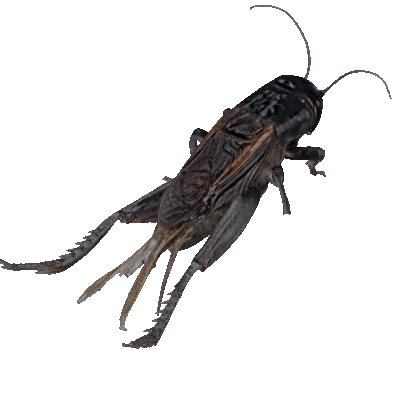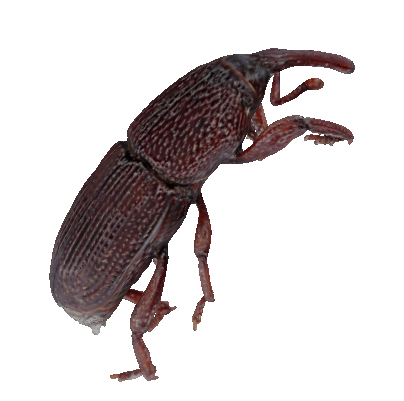InsectScan 3D represents a major advance in bringing physical specimens into the digital domain. It is unique in its ability to capture—in natural color—high-resolution 3D models of tiny specimens (3-30mm) using off-the-shelf components. The compact (~10 megabyte) models allow easy access over the Web for interactive visualization in standards-compliant web browsers, without need for additional plug-ins.
3D model of a 3mm long Granary Weevil – captured with InsectScan 3D.
InsectScan 3D was developed specifically to digitize insect specimens and unlock further value from global biological collections. In addition to reducing the amount of handling for fragile and often unique specimens InsectScan 3D accelerates scientific discovery by increasing accessibility to collections, paving the way for computational analysis of biodiversity, and perhaps even automated species discovery. InsectScan 3D is also broadly applicable to 3D acquisition and curation of all kinds of tiny objects, in natural color.
InsectScan has a number of beneficial features:
- Minimal sample preparation is required.
- Scanning is non-destructive.
- No pre-scan calibration is required beyond coarse positioning.
- No X-ray source or specialized computing hardware.
- InsectScan 3D uses commodity hardware to keep costs down and place it within reach of museums and researchers. This also makes the system modular, serviceable and readily upgraded to take advantage of technological improvements.
For up-to-date (WebGL enabled) browsers, here are some example 3D models:
Further details of InsectScan can be found in this PLoS ONE journal article.





